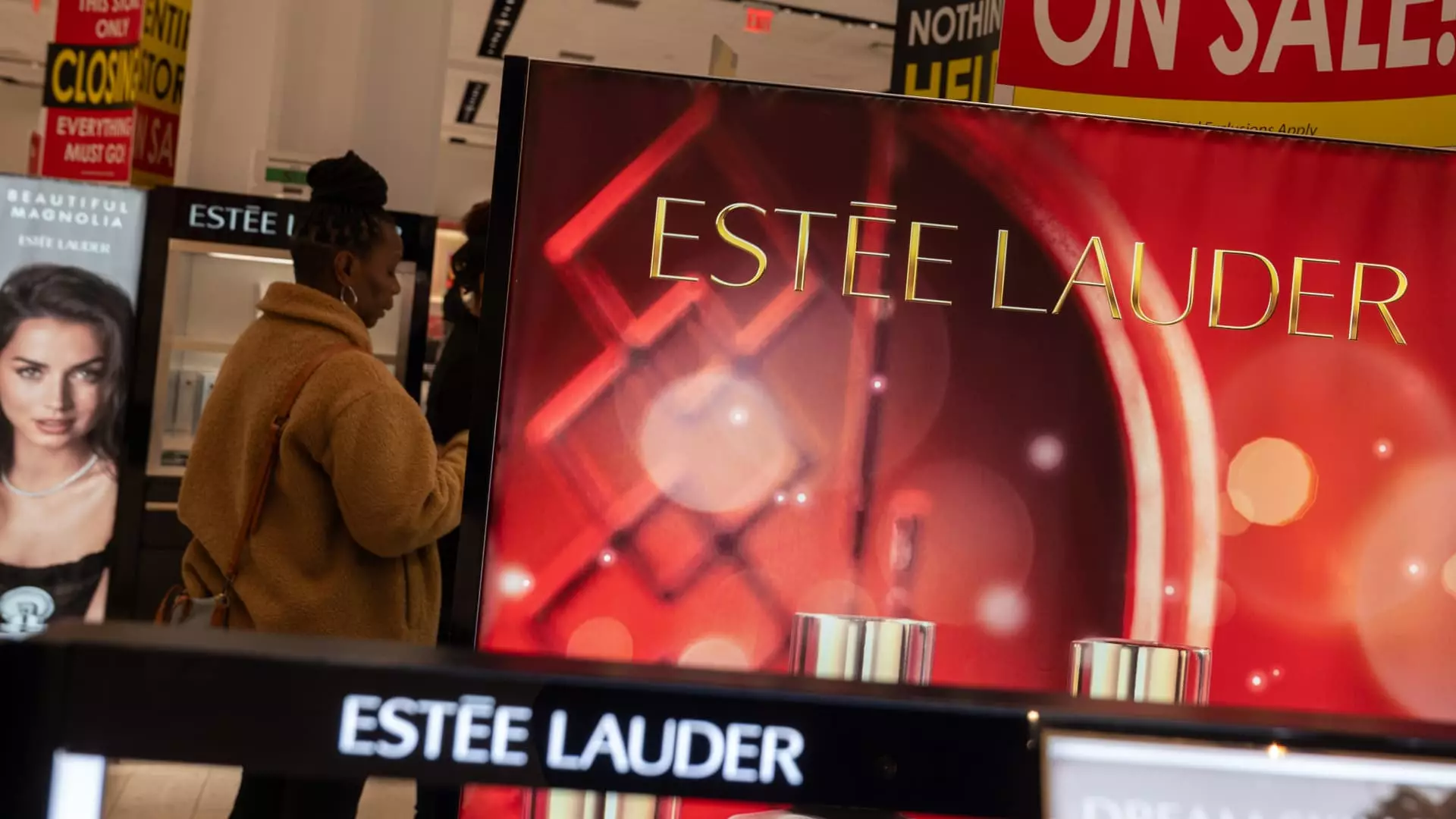This past week marked a tumultuous period for several major beauty stocks, significantly impacting market valuations and investor confidence. Companies such as E.l.f. Beauty and Estée Lauder experienced steep declines amid disappointing quarterly performance and grim forecasts. E.l.f. Beauty in particular ended the week with a staggering loss of nearly 29%, its worst performance since August 2018. Despite reporting a revenue exceeding expectations for its fiscal third quarter, the company’s failure to meet adjusted earnings per share targets and an even more concerning reduction in full-year sales guidance sent shockwaves through the market.
In the earnings report, E.l.f. adjusted its sales forecast down to between $1.3 billion and $1.31 billion, compared to its previous estimate of $1.32 billion to $1.34 billion. This alarming shift prompted analysts from Morgan Stanley, D.A. Davidson, and UBS to downgrade their projections for the company, indicating a decline in confidence in E.l.f.’s future performance. CEO Tarang Amin attributed the overall downturn in the cosmetics sector to a broader decrease in consumer spending, particularly post-holiday discounting and a waning online interest in beauty products. This highlights a critical issue within the industry—how to sustain consumer engagement and profitability amidst fluctuating market dynamics.
Estée Lauder also faced its share of challenges, with shares plummeting 22%—their worst week since November. The company announced significant job cuts ranging from 5,800 to 7,000 by fiscal 2026, an indication of serious restructuring in response to declining sales and shifting consumer habits, particularly in the travel retail sector in Asia. Even though Estée Lauder reported a revenue growth that beat analysts’ expectations, the company’s CEO, Stéphane de La Faverie, candidly admitted during the earnings call that the organization had lost its agility in capitalizing on emerging opportunities—suggesting a pressing need for strategic realignment to navigate current market challenges effectively.
The setbacks experienced by E.l.f. and Estée Lauder resonated across the beauty industry, with other players like Ulta Beauty and Coty also feeling the pressure. Ulta saw its stock value decline by 9%, while Coty fell nearly 8%. These drops underline a collective vulnerability within the sector that stretches beyond individual company metrics; they reflect broader economic pressures, including the looming threat of tariffs which could further erode profit margins. The announcement of new tariffs by China on select U.S. goods only amplifies this concern, especially for companies like E.l.f., which sources approximately 80% of its products from China.
The recent developments in the beauty sector underscore an urgent need for these companies to re-evaluate their strategies. With shifting consumer behavior, increased competition from online platforms, and external economic pressures, stakeholders must adapt quickly to maintain relevance and profitability in an increasingly challenging market landscape. As the industry grapples with these various dilemmas, a focused approach toward innovation and consumer engagement will be paramount in steering through the storm.


Leave a Reply